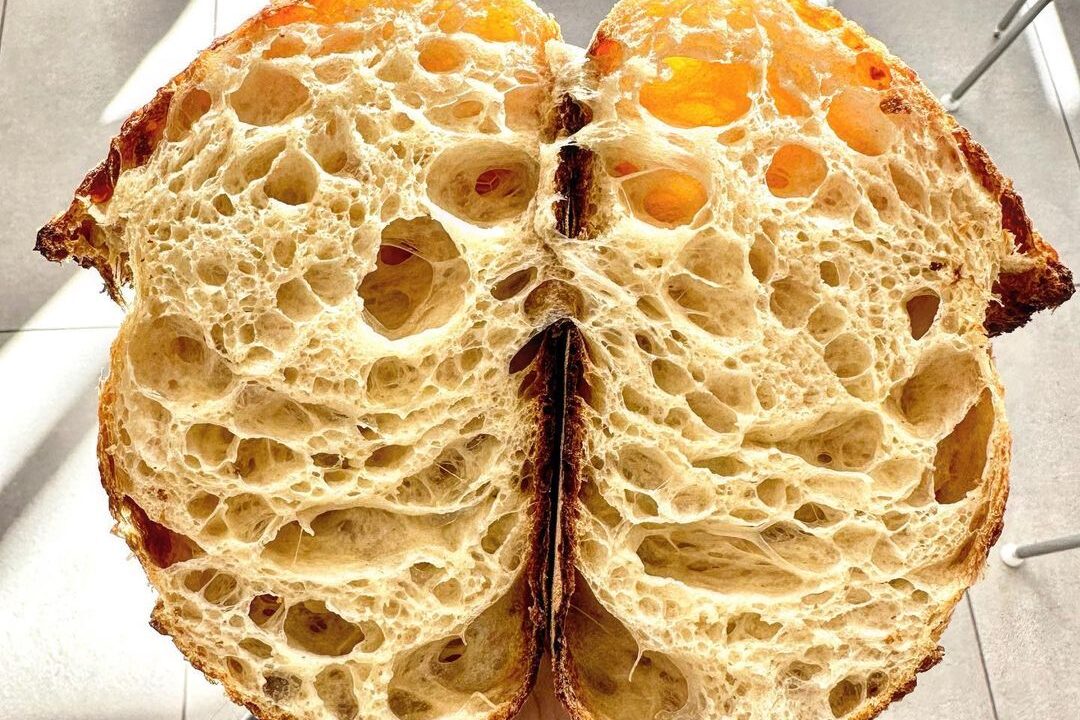
Yeast – what is it?
Yeast is an amazing product. We pay little attention to it, although they it served humanity for centuries. Initially, people used it without knowing what it was or where it came from. Yeast was used for alcoholic (anaerobic) fermentation or for making leaven for cakes. Collected in barrels, stored in wells or cellars, and added to bread baking, it made the loaves rise beautifully.

Yeasts are single-celled microorganisms belonging to the kingdom of fungi. They account for 1% of all described mushroom species. They are used primarily in the food and pharmaceutical industries. These include baker’s, wine, beer, and kefir yeast.
If yeast solution, i.e. yeast mixed with warm milk, is added to the dough, the alcoholic fermentation process will start at this point. During this process, alcohol and carbon dioxide is released, which causes the dough to loosen and finally rise. Therefore, yeast is considered one of the few ingredients suitable for loosening dough.
The magic of chemistry
When yeast is added to a mixture of flour, sugar, and water, it begins to use up the sugars in the mixture in a process called glycolysis. During glycolysis, yeast breaks down sugars into simpler molecules such as pyruvate, which releases energy in the form of ATP (adenosine triphosphate). This process also releases carbon dioxide as a by-product, which causes the bread dough to rise.
After glycolysis, yeast goes through a process called fermentation. In this process, pyruvate molecules are further broken down into ethanol (alcohol) and carbon dioxide. For this reason, yeast is commonly used to ferment alcoholic beverages such as beer and wine.
That means that the chemical reactions in yeast include the breakdown of sugars through glycolysis, followed by the fermentation of the resulting molecules into ethanol and carbon dioxide.
Wild yeast?
Some products, especially those made on sourdough, are rich in yeast. However, they are not industrially added. Those that occur naturally in our environment – the so-called wild yeast. Non-alcoholic fermented beverages, such as kvass or beetroot sourdough, are also produced by wild yeast. Because their numbers are small at first, getting sourdough takes time and patience.
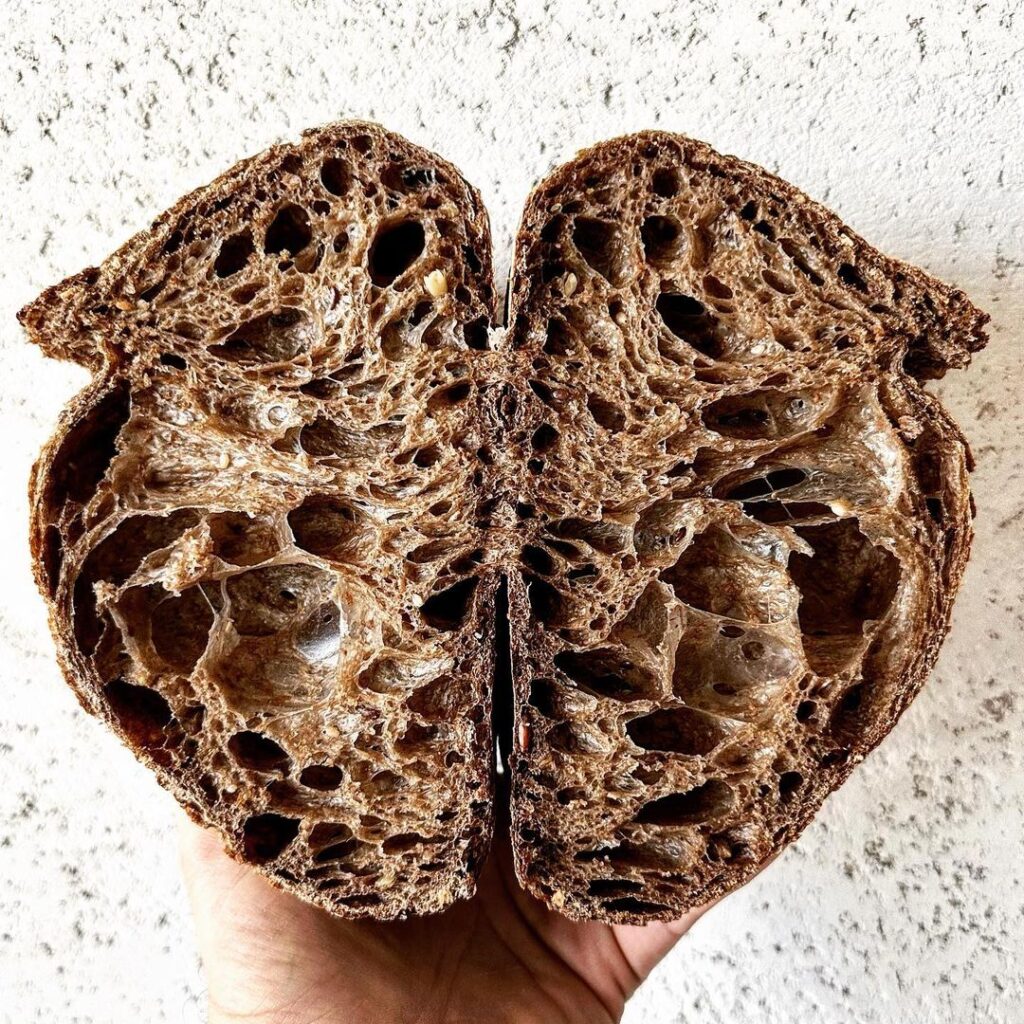
Fresh yeast and instant ones
Fresh yeast in cubes and instant dried yeast in a bag are the most common on the market. Both types are completely natural and have similar loosening properties. The only difference is how it is stored and how it is used.
Fresh yeast activates in the leaven. It consists of warm milk or water and sugar. It is important to remember that yeast dissolved in a liquid that is too warm (up to 40 degrees Celsius) will lose its properties. However, the case is different with instant yeast. These can be thrown directly into the flour because they do not require the preparation of the solution, they are ready to use straight from the package, which is a great convenience. How to convert instant dried yeast to fresh yeast and vice versa? The calculator is very simple.
7g instant dried yeast = 25g fresh yeast
Knowing this conversion factor, instant dried yeast can be easily used for any recipes for yeast cakes based on fresh yeast and vice versa.
Both instant dried yeast and fresh yeast are used for all types of cakes, both those served sweet (bread rolls, rolls, croissants, buns) and savory (pizza, ciabatta, bread, pretzels) and many others.

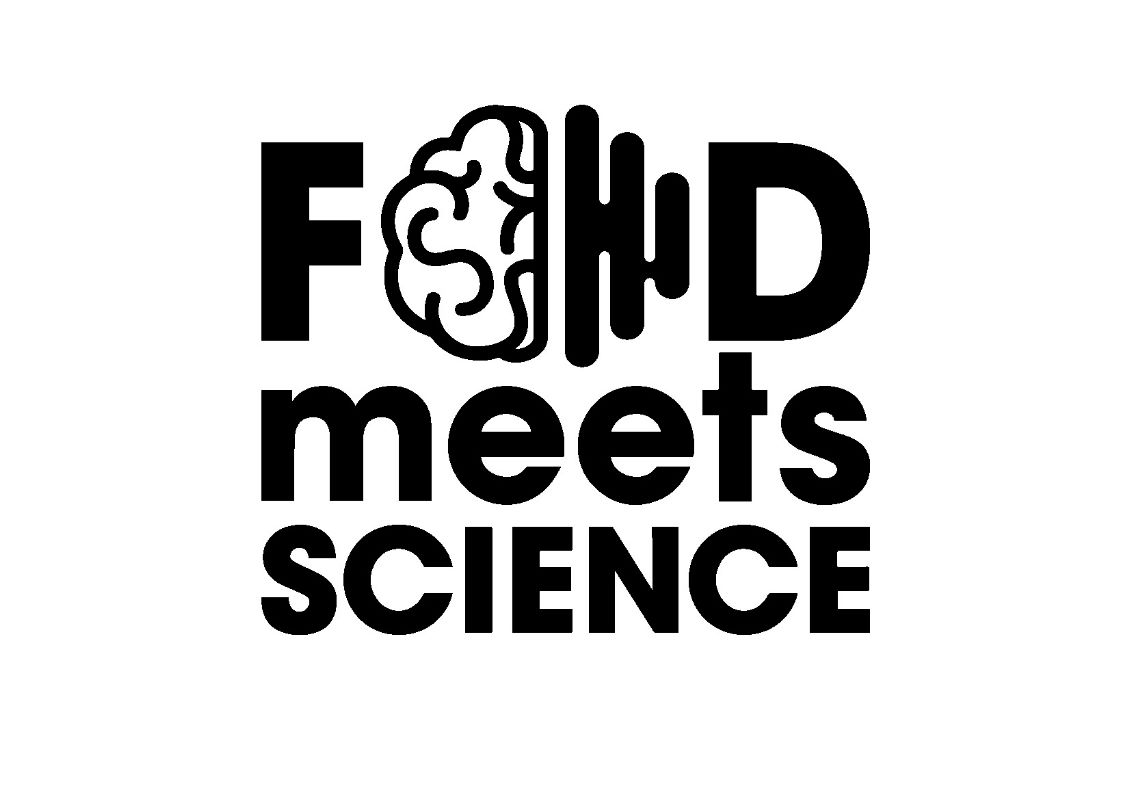




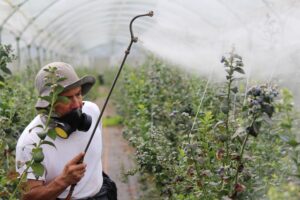

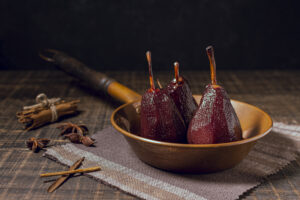
Post a comment